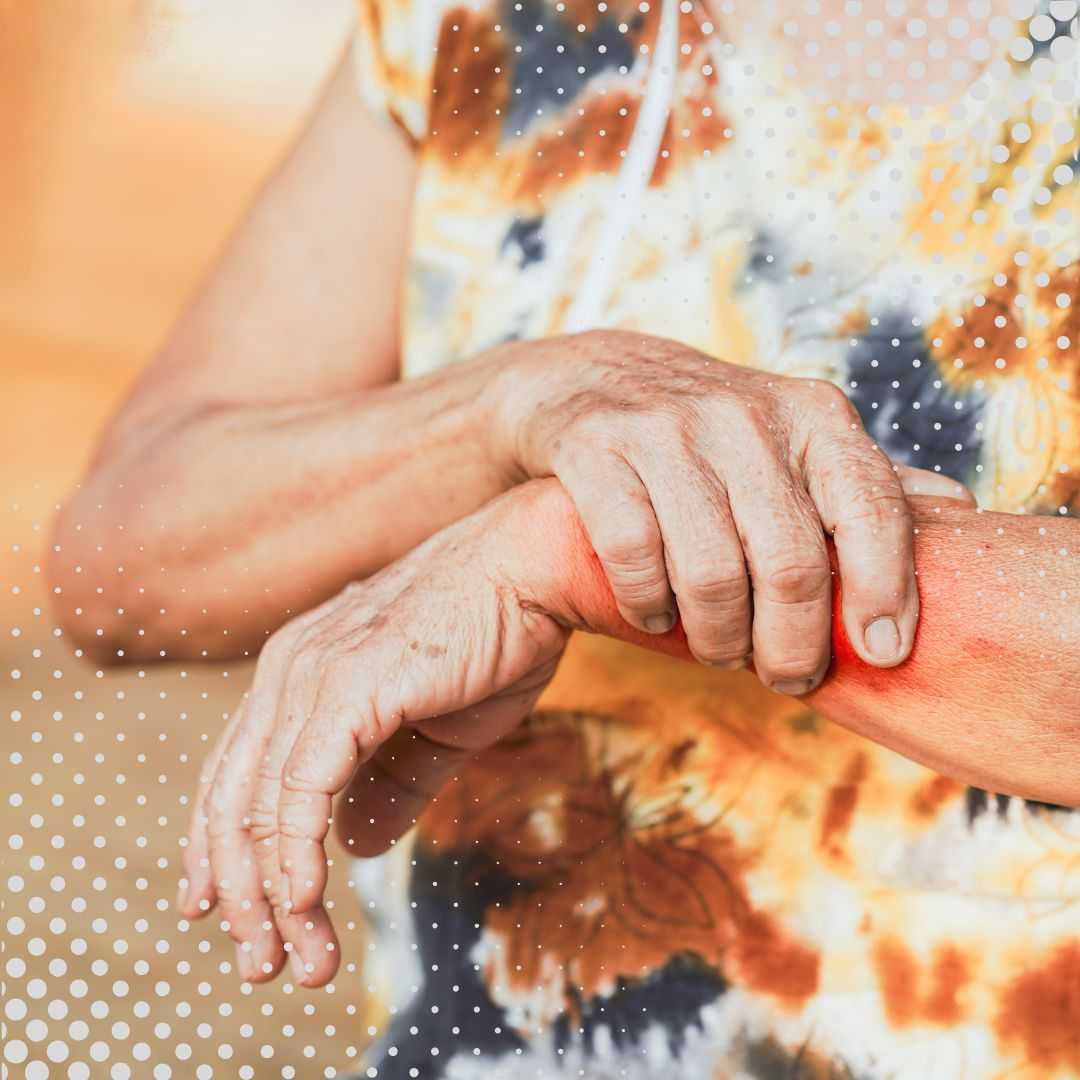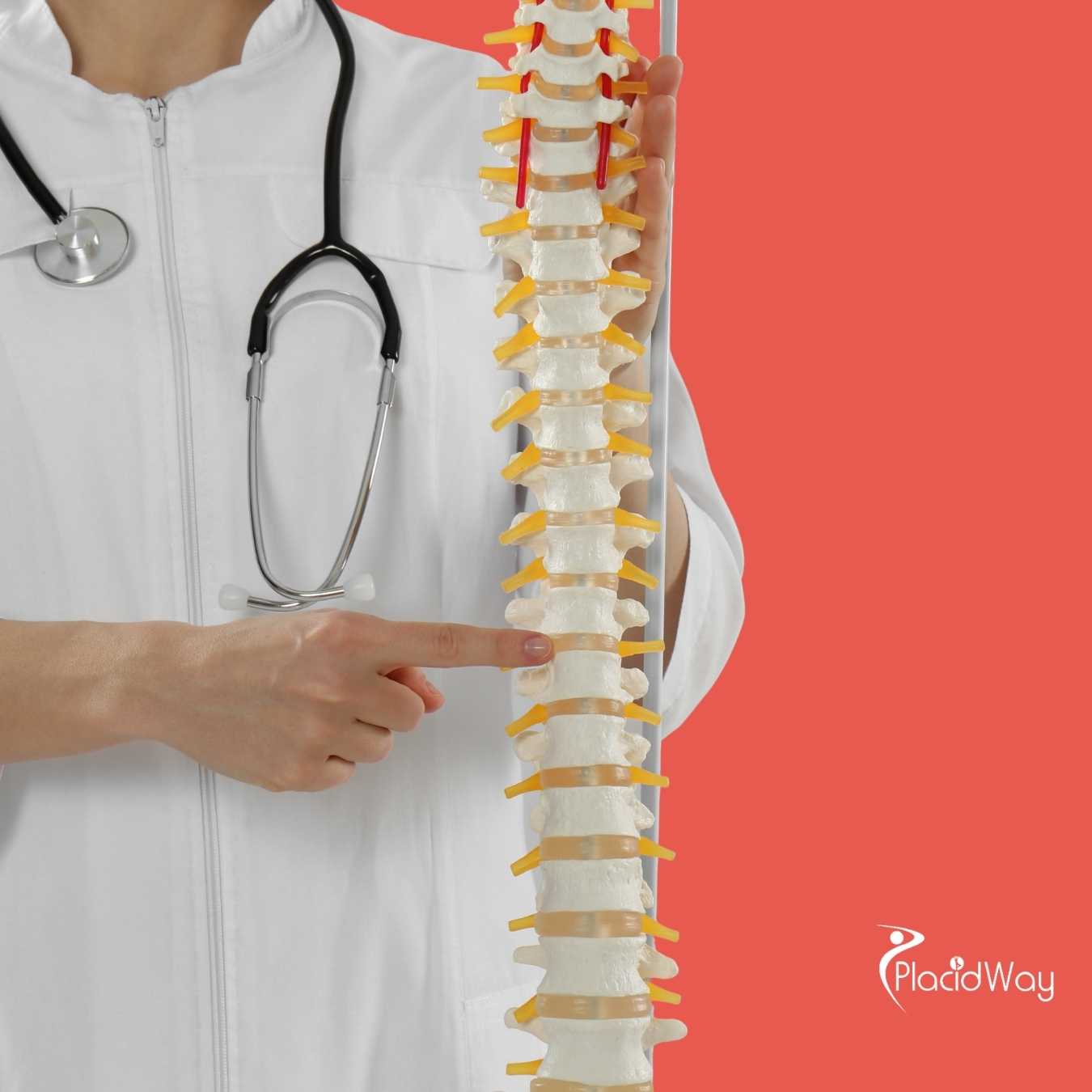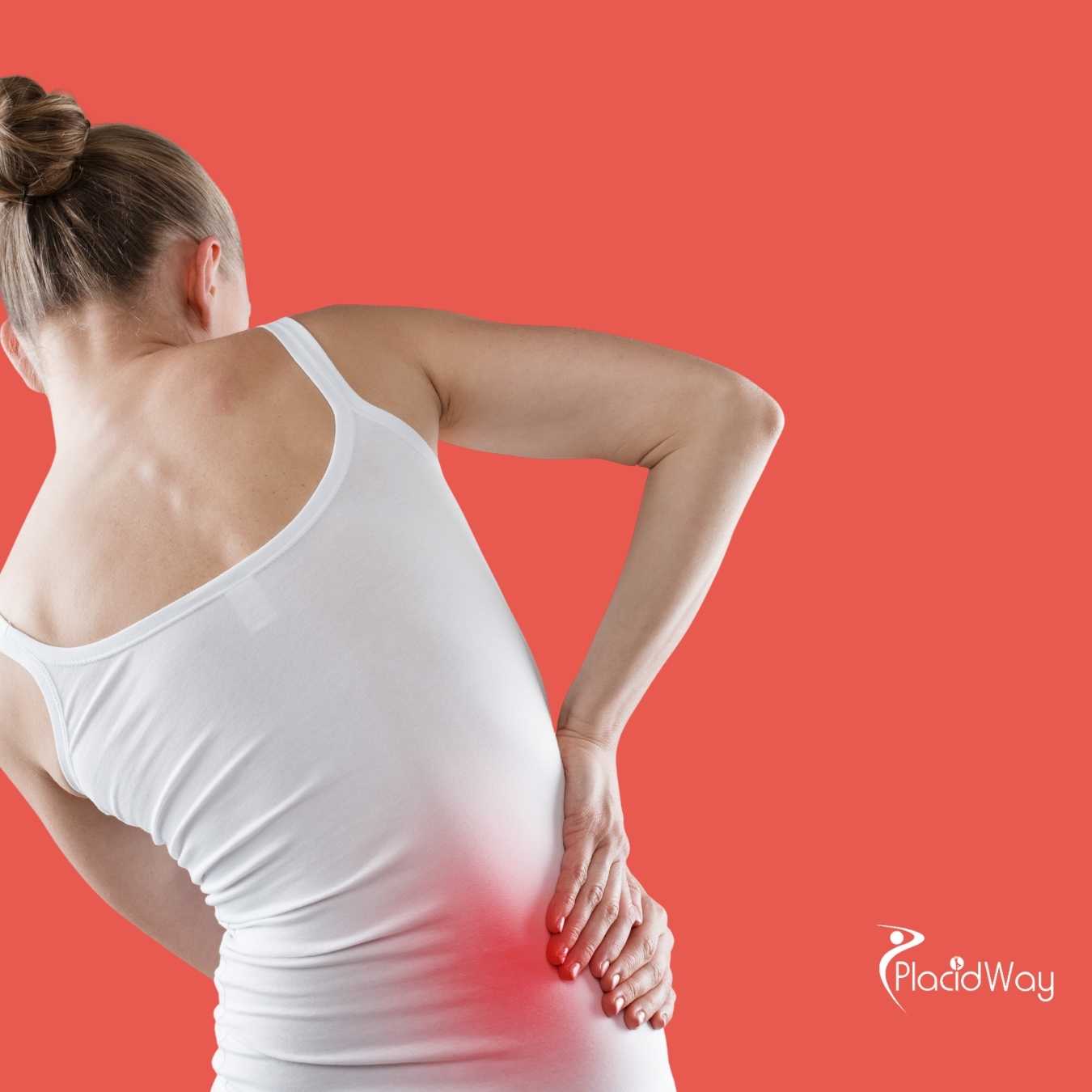Rotator Cuff Regeneration with Stem Cells: Cost and Treatment Overview
.png)
Dealing with a torn rotator cuff can be incredibly painful and disruptive to daily life. Many individuals explore various treatment options, from physical therapy to surgery, but more and more are turning to regenerative medicine, specifically stem cell therapy, as a promising alternative. If you're considering this innovative approach, one of the first questions that likely comes to mind is: "How much does it cost?" It's a valid and important concern, as regenerative treatments are often not covered by standard health insurance.
Understanding the financial aspect of stem cell therapy for a torn rotator cuff involves looking at a range of factors that influence the price, from the specific type of stem cells used to the geographical location of the clinic. While a definitive fixed price is elusive due to the personalized nature of these treatments, we can break down the typical cost ranges, what contributes to them, and what you can expect when budgeting for this potential solution to your shoulder pain and injury.
What factors influence the cost of stem cell therapy for rotator cuff tears?
The price tag for stem cell therapy isn't a one-size-fits-all figure. It's a mosaic of different elements that combine to form the final cost. Understanding these factors is crucial for anyone researching treatment for a torn rotator cuff.
- Source of Stem Cells: This is a primary determinant.
- Autologous Stem Cells: These are harvested from your own body, typically from bone marrow (Bone Marrow Aspirate Concentrate or BMAC) or adipose tissue (fat). The process involves an extraction procedure, which adds to the cost due to the need for harvesting, processing, and then injecting the cells.
- Allogeneic Stem Cells: These are derived from donor tissues, often umbilical cord blood or amniotic fluid. While they avoid the harvesting procedure from the patient, the processing and sourcing of these cells also contribute to their cost.
- Clinic Location and Reputation: Just like any medical procedure, clinics in major metropolitan areas or those with a renowned reputation and cutting-edge facilities often have higher prices. Geographic location also plays a significant role; a clinic in New York City might charge more than one in a smaller town.
- Physician's Expertise and Experience: Highly specialized physicians with extensive experience in regenerative medicine and a proven track record may charge more for their services. Their expertise ensures precise placement and optimal treatment protocols.
- Number of Injections and Treatment Sessions: Depending on the severity and size of the rotator cuff tear, one or multiple injections might be required. A more extensive tear or a need for follow-up injections will increase the overall cost.
- Imaging Guidance: For accurate and safe delivery of stem cells to the injured area, procedures often utilize advanced imaging like ultrasound or fluoroscopy. The inclusion of this technology adds to the treatment expenses.
These combined factors create a wide range in pricing, making it essential to discuss all aspects with potential clinics during your consultation.
Is stem cell therapy for torn rotator cuff covered by insurance?
One of the biggest hurdles for patients considering stem cell therapy for a torn rotator cuff is the lack of insurance coverage. Despite promising results and growing interest, many insurance companies, including Medicare and private insurers, do not currently cover these treatments.
The primary reason for this lack of coverage is that, in the eyes of many insurance providers, stem cell therapy is still considered an investigational or experimental treatment, especially for musculoskeletal conditions like rotator cuff tears. They often require more extensive, long-term clinical trial data to prove efficacy and safety before they will approve coverage. This means that patients are usually responsible for the full cost of the treatment themselves.
While some clinics may offer payment plans or financing options, it's crucial for patients to confirm the payment structure upfront and be prepared for out-of-pocket expenses. Always verify with both the clinic and your insurance provider about any potential coverage or reimbursement, although it's rare for this specific treatment.
What is included in the cost of stem cell therapy for rotator cuff?
When you receive a quote for stem cell therapy for your torn rotator cuff, it's important to understand what that price encompasses. A comprehensive package usually covers several stages of the treatment process.
- Initial Consultation and Assessment: This includes the physician's evaluation of your condition, review of imaging (MRI, X-rays), and discussion of whether you are a suitable candidate for stem cell therapy.
- Stem Cell Harvesting (for Autologous Procedures): If you're receiving cells from your own body, the cost will include the procedure to extract bone marrow or adipose tissue. This involves local anesthesia and the use of specialized tools.
- Cell Processing: Once harvested, the tissue needs to be processed in a laboratory to concentrate the stem cells. This typically involves centrifuging the sample to separate and concentrate the therapeutic cells.
- Injection Procedure: The core of the treatment is the injection of the concentrated stem cells into the affected area of the torn rotator cuff. This often includes the use of ultrasound or fluoroscopic guidance to ensure precise delivery to the site of injury.
- Post-Procedure Care and Follow-ups: Many clinics include a certain number of follow-up visits to monitor your progress, assess healing, and provide guidance on rehabilitation or activity modifications.
It's vital to clarify with the clinic exactly what is included in their quoted price to avoid any unexpected charges. Some clinics might bundle all these services, while others may list certain components separately.
What are the different types of stem cell therapy used for rotator cuff tears?
When discussing stem cell therapy for a torn rotator cuff, it's helpful to understand the different sources from which these powerful cells can be obtained. Each type has its own characteristics and potential applications.
- Bone Marrow Aspirate Concentrate (BMAC):
This is a common autologous approach where a small amount of bone marrow is extracted, typically from the hip bone. The aspirate is then concentrated to enrich the stem cells, growth factors, and other healing components. BMAC is rich in mesenchymal stem cells (MSCs) which have regenerative and anti-inflammatory properties, making them suitable for tissue repair in rotator cuff tears.
- Adipose-Derived Stem Cells (ADSCs):
Another autologous option, ADSCs are harvested from a patient's own fat tissue, usually through a mini-liposuction procedure. Fat tissue is an abundant source of MSCs, and similar to BMAC, these cells are processed and concentrated before injection. This method is often favored due to the relative ease of obtaining a large quantity of stem cells.
- Allogeneic Sources (Umbilical Cord Tissue/Blood, Amniotic Fluid/Membrane):
These are donor-derived products, meaning the cells are not from the patient's own body. They are typically sourced from ethically obtained birth tissues (after a healthy full-term birth) and rigorously screened for safety. These products contain various growth factors, cytokines, and sometimes live MSCs that can promote healing and reduce inflammation in a torn rotator cuff. They offer an alternative for patients who may not be candidates for autologous procedures or prefer to avoid an extraction procedure.
Your doctor will determine the most appropriate type of stem cell therapy based on your specific condition, the extent of your rotator cuff tear, and your overall health.
How effective is stem cell therapy for torn rotator cuff?
The effectiveness of stem cell therapy for a torn rotator cuff is a topic of ongoing research and clinical interest. While not a guaranteed cure, many studies and patient experiences indicate promising results, particularly for partial tears or as an alternative to surgery for some full tears.
The regenerative properties of stem cells allow them to differentiate into various cell types, including those found in tendons and cartilage. When injected into a torn rotator cuff, they are believed to:
- Reduce inflammation and pain.
- Stimulate the body's natural healing processes.
- Promote tissue regeneration and repair damaged tendon fibers.
- Improve overall shoulder function and range of motion.
Many patients report a significant reduction in pain, improved mobility, and an enhanced quality of life following stem cell therapy. For some, it has helped delay or even avoid the need for surgical intervention. Success rates can vary depending on factors such as the size and severity of the tear, the patient's age and overall health, and the specific type and quality of stem cells used. It's crucial to have realistic expectations and discuss potential outcomes thoroughly with your treating physician.
What are the potential risks and side effects of stem cell therapy for rotator cuff?
Like any medical procedure, stem cell therapy for a torn rotator cuff carries some potential risks and side effects, although these are generally considered minimal, particularly with autologous (patient's own) cells.
Common, usually mild and temporary, side effects include:
- Pain or soreness at the injection site: This is typical after any injection and usually resolves within a few days.
- Swelling or bruising: Also common at the injection site.
- Temporary stiffness: In the treated shoulder.
More serious, though rare, risks can include:
- Infection: As with any procedure that breaks the skin barrier, there's a small risk of infection, which is minimized by sterile techniques.
- Bleeding: At the harvesting or injection sites.
- Nerve injury: A very rare complication, particularly with skilled practitioners using imaging guidance.
- Allergic reaction: Extremely rare with autologous cells, but a slight possibility with allogeneic (donor) products.
- Lack of efficacy: The treatment might not provide the desired level of improvement for every patient.
Discussing these risks with your doctor before proceeding with stem cell therapy for your torn rotator cuff is essential to ensure you are fully informed and comfortable with the treatment plan.
Can I get affordable stem cell therapy for a torn rotator cuff abroad (medical tourism)?
For individuals facing high out-of-pocket costs for stem cell therapy for a torn rotator cuff in their home country, particularly in regions like North America, medical tourism offers a compelling alternative. Numerous countries have established medical tourism industries that provide advanced treatments at a fraction of the price.
The cost savings can be substantial, often 50% or more compared to prices in the United States. These savings typically stem from lower operating costs, less expensive medical insurance for providers, and different regulatory environments. When considering this option, it's crucial to research clinics thoroughly, ensure they meet international quality and safety standards, and understand what is included in the treatment package.
While the primary driver for seeking treatment abroad is often cost, patients also need to factor in travel expenses, accommodation, and the logistics of recovering in a foreign country. However, for many, the potential for significant savings on stem cell therapy for a torn rotator cuff makes medical tourism a viable and attractive option.
Which countries offer cost-effective stem cell therapy for rotator cuff tears?
For those exploring medical tourism to address their torn rotator cuff with stem cell therapy, several countries have emerged as leading destinations due to their combination of advanced medical facilities, experienced specialists, and competitive pricing. Here's a brief overview:
| Country | Key Advantages for Stem Cell Therapy | Typical Cost Range (Approx. USD) |
|---|---|---|
| Mexico | Proximity to the US, many accredited clinics, experienced doctors. | $3,000 - $8,000 |
| Costa Rica | Strong reputation for medical tourism, high-quality facilities, beautiful environment. | $4,000 - $9,000 |
| Panama | Emerging medical hub with specialized clinics. | $4,500 - $10,000 |
| Germany | Strict regulations, advanced research, excellent medical standards. | $7,000 - $15,000 |
| South Korea / Thailand | Cutting-edge technology, highly skilled doctors, comprehensive packages. | $5,000 - $12,000 |
It's important to remember that these are approximate costs and can vary widely based on the specific clinic, the type of stem cell therapy, and the complexity of your rotator cuff tear. Thorough research into clinic accreditation, doctor qualifications, and patient reviews is essential before making a decision.
What should I consider when choosing a clinic for stem cell therapy for rotator cuff, especially for medical tourism?
Selecting the right clinic, whether at home or abroad, is paramount for a successful and safe stem cell therapy for your torn rotator cuff. When venturing into medical tourism, additional considerations come into play.
- Accreditation and Regulatory Compliance: Ensure the clinic is accredited by reputable international or national bodies. This indicates adherence to high standards of care and safety. Research the regulatory environment for stem cell therapies in the country you are considering.
- Physician's Qualifications and Experience: Verify the doctor's credentials, specialization in regenerative medicine, and specific experience treating rotator cuff tears with stem cells. Ask about their success rates and the number of procedures performed.
- Transparency in Pricing and Services: A reputable clinic will provide a clear, itemized breakdown of costs, including all associated fees (consultations, harvesting, processing, injections, follow-ups). Avoid clinics with vague pricing or hidden charges.
- Type and Source of Stem Cells: Understand what type of stem cells they use (autologous vs. allogeneic) and the source. Inquire about the quality control and safety protocols for cell processing.
- Patient Testimonials and Reviews: Look for independent patient reviews and testimonials. Platforms like PlacidWay can offer insights into other patients' experiences with specific clinics and doctors.
- Communication and Language Barriers: Especially for medical tourism, assess how effectively you can communicate with the clinic staff and physicians. Language support is crucial for understanding treatment plans and post-care instructions.
- Post-Procedure Support and Follow-up: Inquire about the post-treatment care plan, including physical therapy recommendations and remote follow-up options once you return home.
Thorough due diligence is essential to ensure you receive safe, effective, and high-quality stem cell therapy for your torn rotator cuff.
Exploring options for stem cell therapy for a torn rotator cuff, whether locally or through medical tourism, can be a complex journey. If you're looking for solutions related to medical tourism, healthcare services, or require guidance in finding the right clinic for your needs, explore PlacidWay for expert assistance and connections to top medical providers worldwide.


.png)









Share this listing